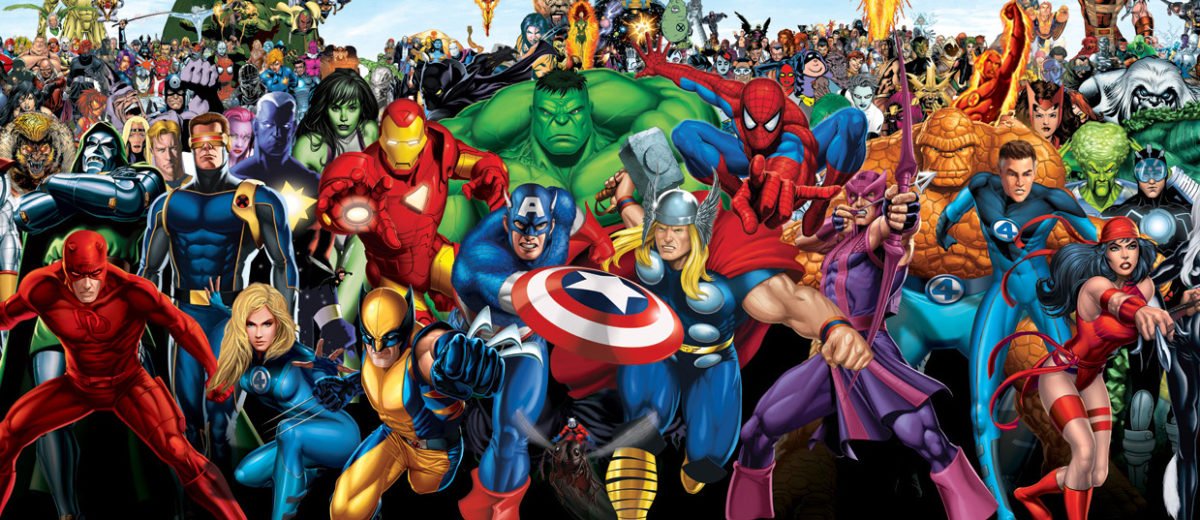The past decade has seen the explosion of superheroes in the mainstream. From movies to television, you wouldn’t be able to avoid all the heroics even if you wanted to. While others, like the Spider-Man, X-Men, and Batman movies, may have laid the modern groundwork, nothing has dominated entertainment quite like Marvel’s in-house Cinematic Universe. Be it the slow-to-start, but ultimately excellent Agents of Shield, or the more high-profile, knock-out Netflix shows, Marvel has already expanded beyond its core films. With that in mind, it is only a matter of time before games get the royal Marvel treatment. And if the recent announcement of Square Enix’s Avengers Project is any indication, that time might be coming up.
Gamers have been waiting patiently on a solid, AAA Marvel game for quite a while now. Other than two Lego games, a handful of fun-if-not-excellent Spider-Man games, and a wide array of poorly executed movie tie-ins, there hasn’t really been a title for Marvel fans to rally around. And given the standout success of DC’s Arkham games, it’s a void that’s hard to ignore.
But now there is hope on the horizon. At the end of last week, Square Enix and Marvel announced a new series of games, simply referred to as the Avengers Project. With the immeasurably talented teams at Crystal Dynamics (Rise of the Tomb Raider) and Eidos Montreal (Deus Ex: Mankind Divided) taking the reins, we might be in store for the great Marvel universe game we have all been waiting for. More than that however, despite appearances, superhero games have hit a slump, and it might be up to Square Enix to breath some new life into this particular, surprisingly small corner of the industry.
In theory, superheroes and video games are a match made in heaven. The idea behind almost every game is to make you somewhat feel like a superhero, if nothing else. What better way could you describe Master Chief or, in his own pulp-action sense, Nathan Drake?
Superhero games in general, however, have always just been a hard nut to crack. When it comes to using an existing character and universe, superhero games have generally run into the same issues that movie tie-in games have, struggling to find a workable balance between the game and its inspiration. At the same time, translating previously-established powers and narrative into a playable, interesting game fails more often than it succeeds. Instead, we see titles like Infamous and even Saints Row 4 that take the superhero idea, but start from the ground up.
The DC and Marvel superhero games that have worked in the past are all in the same few genres. The two most prominent are first, fighting games, like Injustice and Marvel vs Capcom, then multi-character brawlers, like Ultimate Alliance and the X-Men: Legends. They have long been some of the most common types of superhero titles hitting the market, going all the way back into the 80s. More recently, we’ve seen third-person action games.
But who has starred in those action games? Aside from a few fun-but-unremarkable one-offs with characters like Wolverine and Deadpool, almost every modern title has centered on either Batman or Spider-Man. Across the board in the past ten years, not counting mobile releases or Lego games, Batman and Spider-Man have headlined seven titles each.
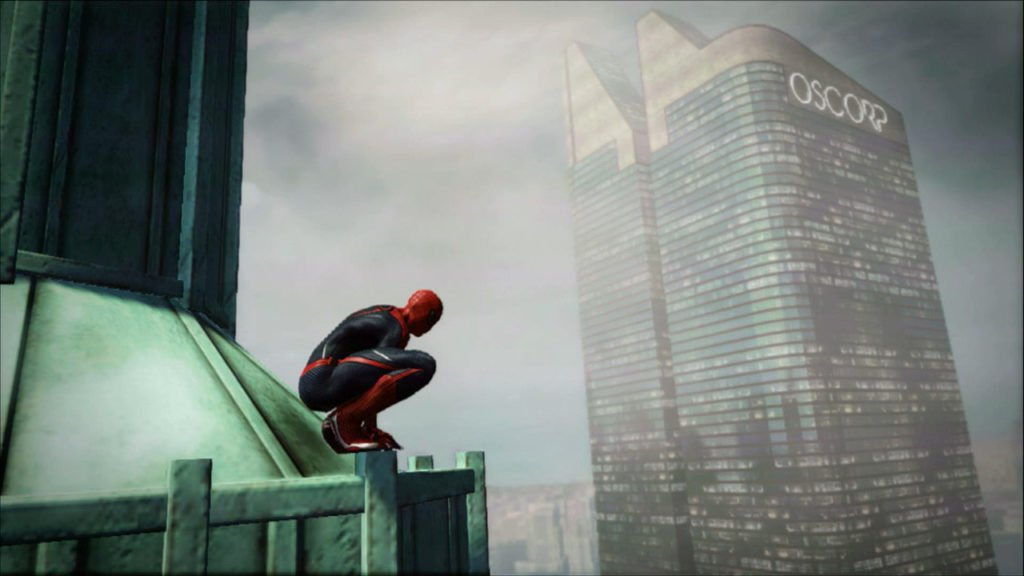
If the Marvel Cinematic Universe has proven anything, it’s that people care about quality just as much as, if not more than, recognizable names. And the public is open to the wider scope of superheroes beyond DC’s trinity and Marvel’s Spider-Man and X-Men. If a talking raccoon can win people over in a movie, and something as crazy as the time-jumping antics of Legends of Tomorrow can be in its second season on television, it’s time to begin branching out in games as well.
To be fair, this is already happening. Telltale is creating a Guardians of the Galaxy game, while Injustice 2 is embracing the less-well-known characters of the DC universe with fighters like Blue Beetle and Atrocitus. But other than that, the next high-profile superhero game in the pipeline is Insomniac’s Spider-Man.
While there is little doubt Insomniac’s latest is worth keeping an eye on, the fact is that superhero games in general need to evolve and grow in order to survive. Just as Batman and Spider-Man opened the door for modern movies, allowing Avengers to eventually make its grand entrance, they’ve done the same for games. Now it’s just up to Square Enix to walk on through.
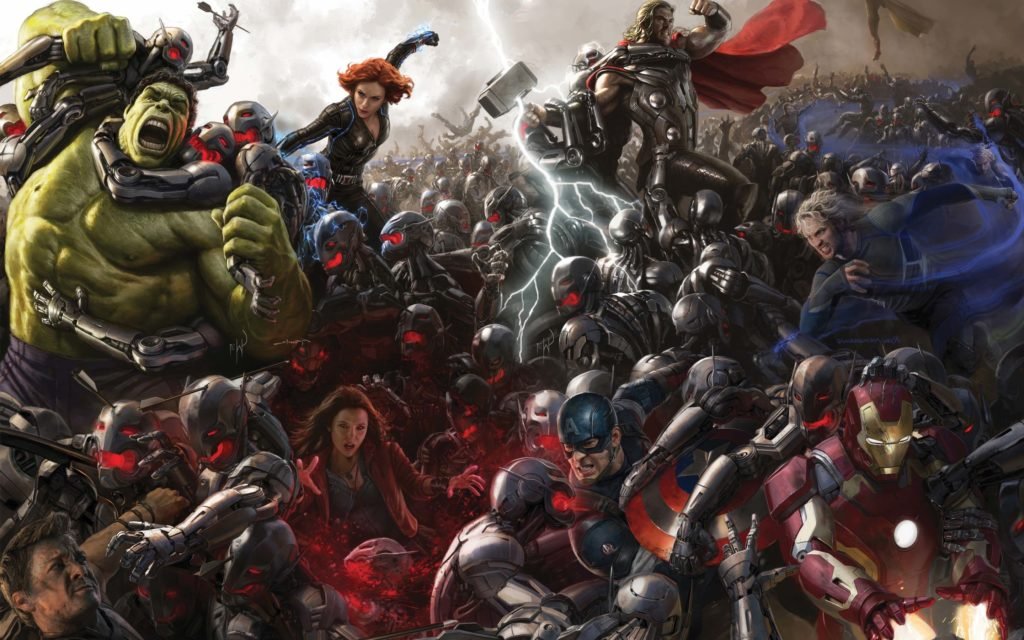
With hardly any information to go on just yet, the Avengers Project could be just about anything. The announcement, and therefore the trailer, is actually for the partnership between Marvel and Square Enix, instead of a specific game. As already explained however, even if the first game of the partnership is still a ways out (Marvel promises more information in 2018), it’s still an exciting prospect and could have major repercussions for the future place of superheroes in the games industry as a whole.
This is Marvel’s opening salvo when it comes to modern gaming. Partnering with a company like Square Enix is the first major step to creating a lasting and meaningful mark. In order to have that kind of effect though, the Avengers Project is going to need to be different and is going to need to take some risks.
The most obvious option is to fall back on the same multi-character brawler set up that has worked in the past. Following in the footsteps of earlier games of the same type. 2006’s Marvel: Ultimate Alliance and it’s 2009 follow-up, Ultimate Alliance 2, are both arguably among the better regarded Marvel games out there. With each title featuring large rosters of characters, many of whom, like Luke Cage and Black Panther, would not receive mainstream debuts for years to come, the games were quintessential button-mashers. Isometric, with each character having their own abilities, you’d assemble a team of four and punch, kick, and blast your way through some of the most iconic parts of the Marvel universe.
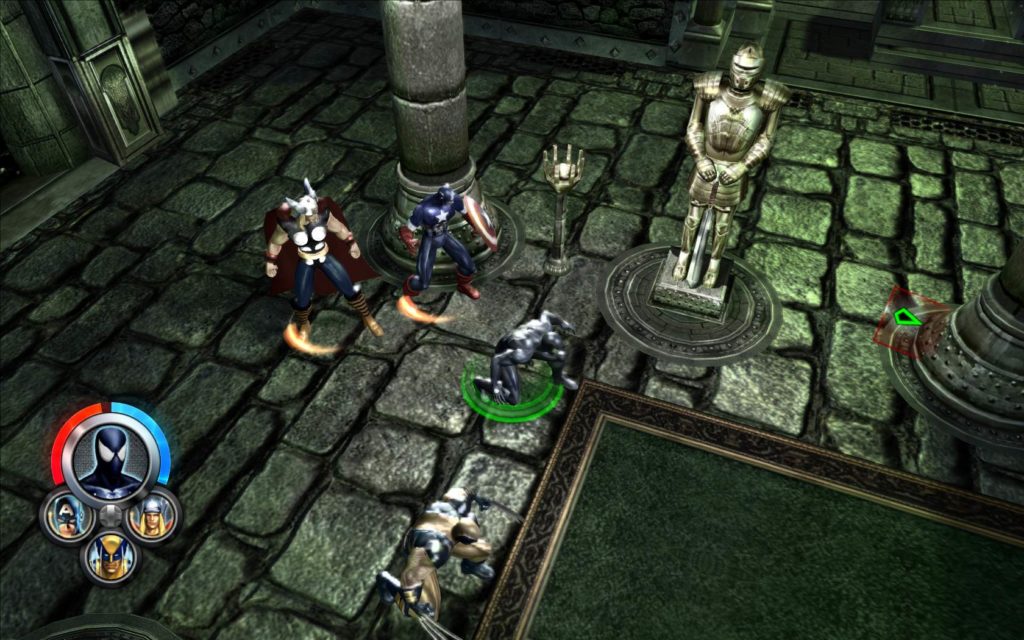
If that sounds familiar, it’s because that’s essentially the formula TT Games has adopted for their Lego titles, including Lego Marvel Superheroes and Lego Marvel’s Avengers. In order to standout as a full-bodied AAA game, whatever Square Enix has in the works can’t rely on that tried and true technique, even if it is a AAA quality title. While it’s an easy way to bring in everyone’s favorite characters and locations, that won’t be enough. Brawlers count on all the characters essentially being interchangeable in order for the game to function. Each might have different abilities, but the gameplay is still roughly the same.
One need only look at the Arkham games to see why that doesn’t work. The main selling point of the Arkham titles is the fact that you feel like Batman. Everything from the puzzles to the acrobatic combat is fundamental to that character. If you picture Superman taking his place, suddenly the mechanics of the game no longer make sense.
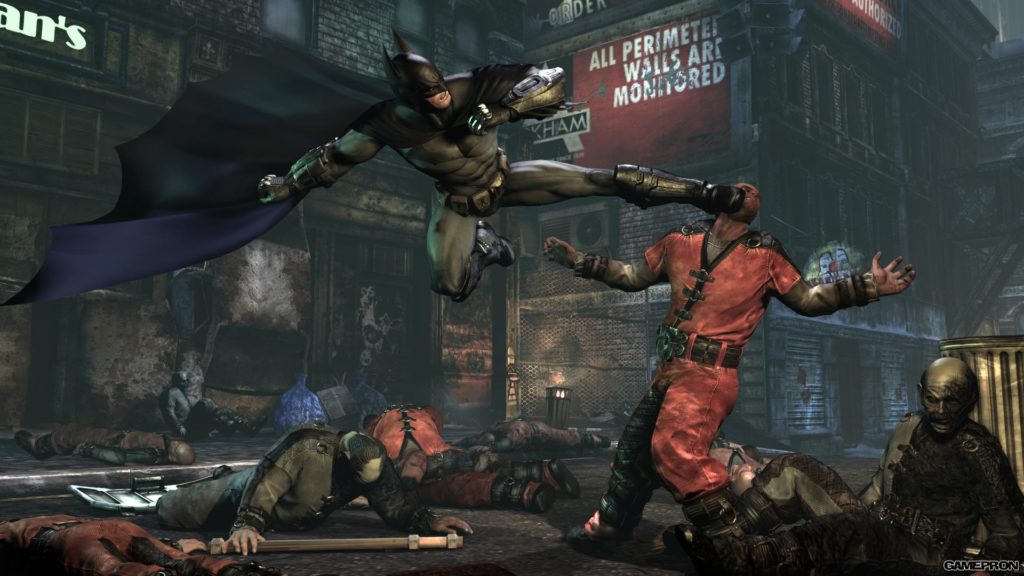
Though beyond unlikely, nothing would make me giggle with fan-boy glee quite like the “multi-year, multi-game partnership” between Marvel and Sqaure Enix being a series of games with each focusing on their own Avenger, and ultimately culminating in a final game that brings all the characters together. It’s the formula Marvel has used for their films and Netflix shows, and would play directly into the company’s proven long-view strategy of releases. It should be said however, games do take a lot more work and time than even an entire movie or season of television.
While still holding that dream in the back of my mind, the far more likely scenario is a series that starts with the Avengers already assembled and highlights each of them in the same game. Before closing down, THQ was working on an Avengers title of its own, a co-op “first-person ranged brawler” staring Iron Man, Hulk, Captain America, and Thor. Unsurprisingly, the same four characters earn nods in Marvel and Square Enix’s announcement trailer. Using the canceled game as a possible direction the developers could take, it’s worth acknowledging that simply reducing the number of characters and changing the point-of-view doesn’t get rid of the same issue. The game can certainly have multiple characters, but each needs to interact with the world in their own dramatically different way, and feel fundamentally different.
Established in 2007, Eidos Montreal made a name for itself with the developer’s very first game, Deus Ex: Human Revolution, following it up shortly with Thief and Deus Ex: Mankind Divided. Meanwhile, Crystal Dynamics has been around since the early 90s, and has been responsible for the Tomb Raider franchise going all the way back to 2006’s Tomb Raider: Legend. With two pedigrees like that, it’s hard not to expect quite a bit.
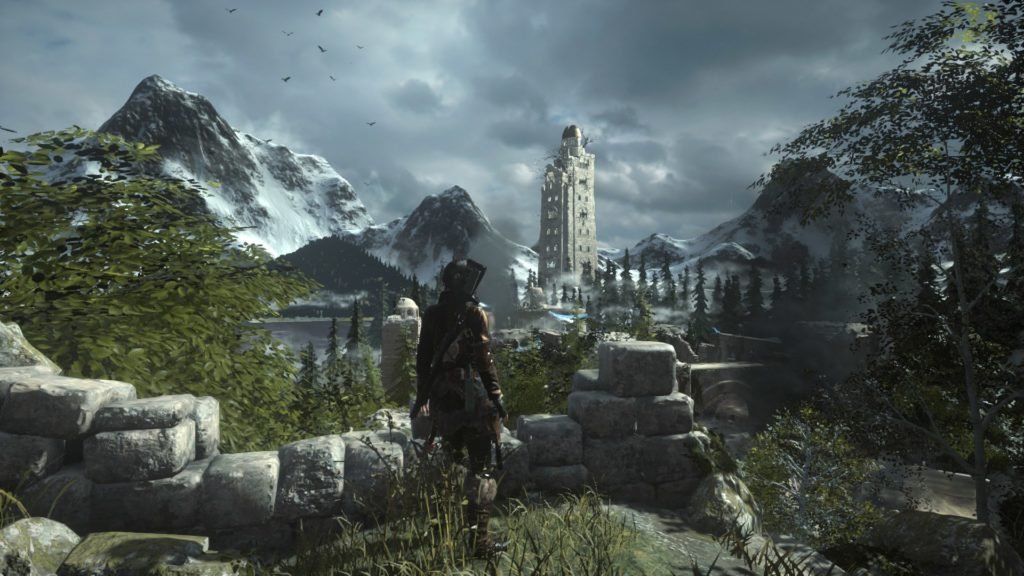
But with those particular libraries, it’s also hard to overlook a number of similarities between the two developers. First off, both have sharpened their teeth on combining action and stealth, blending different types of gameplay together. Both are perfectly suited to tackle the issue of having multiple characters with vastly different gameplay styles. Likewise, there is a prevailing focus in both the recent Tomb Raider and Deus Ex games on the environment. The world itself is a character. Rise of the Tomb Raider’s Geothermal Valley and Deus Ex: Mankind Divided’s Prague are both built to immerse you in fully developed worlds. All of that bodes well for games set in the Marvel Universe, especially considering the company’s promise of a “universe gamers can play in for years to come.”
Ultimately, perhaps it is also fitting that both developers are best known for their reboots. At the end of the day, superhero games aren’t in the best place. Despite the resounding success of the Arkham games and the intermittent hits among other titles, superheroes as a whole have not broken into games in quite the way they have with the rest of popular culture. Put simply, we need a reboot. We need someone to try something new, something eye-catching, and, more than likely, something that the rest of us haven’t even thought of yet.


